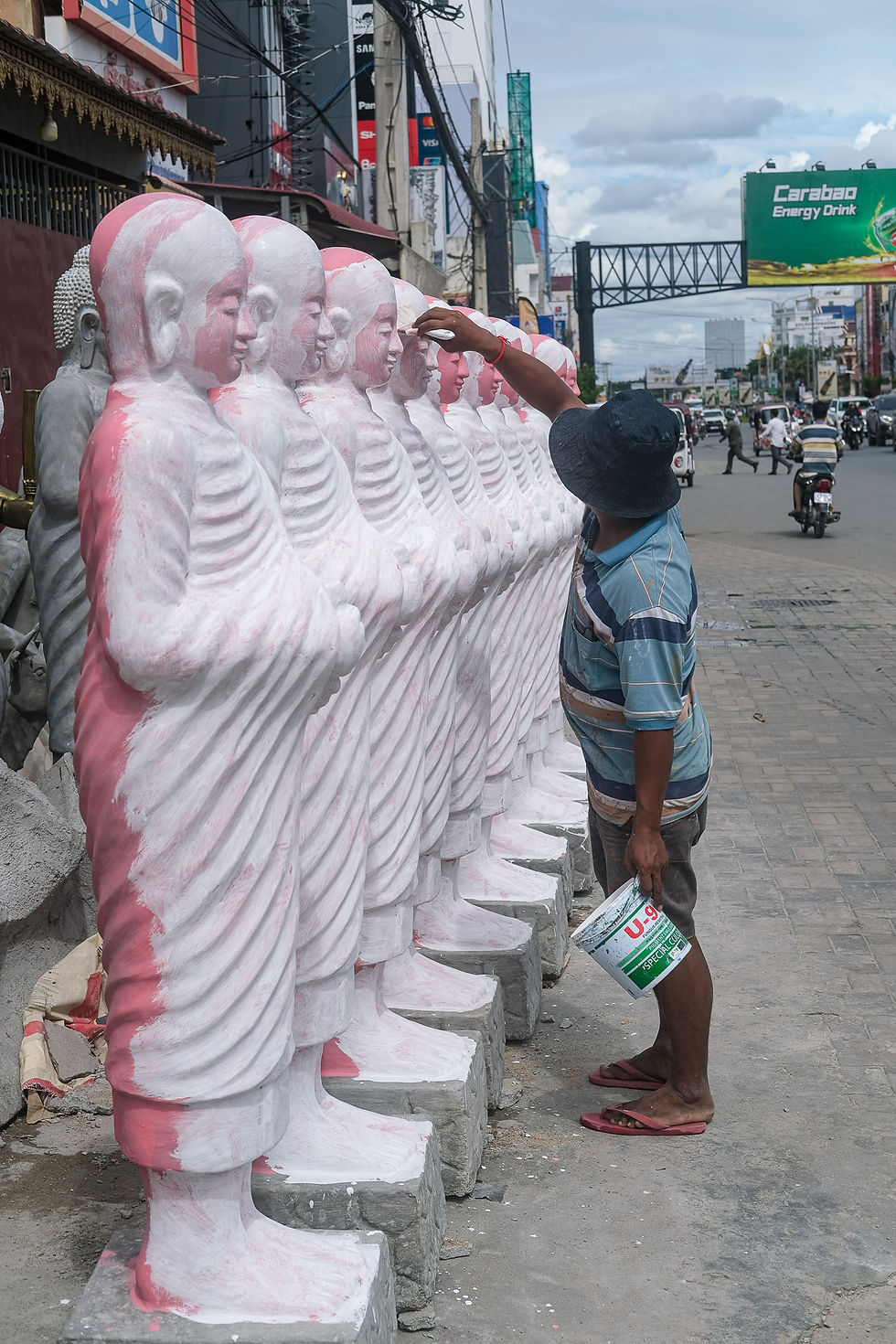📷 Bearing Witness: Documentary Photography
- Ian Miller

- Aug 23
- 2 min read
To document is to listen—to dramatise is to interrupt. In a world saturated with spectacle, documentary photography offers a slower rhythm. It invites us to observe without embellishment, to honour what’s already there.

Lately, I’ve been working with a Nikon D810 that’s clocked over 330,000 shutter actuations. A shutter count isn’t a death sentence—it’s a biography. This camera, like the stories I seek to tell, carries the marks of time. It performs not because it’s pristine, but because it’s proven—reliable in its wear, honest in its output.
I pair it with a D700, a trusted elder in my kit. The D700 whispers legacy; the D810 insists on relevance. One feels like a handshake with history, the other like a quiet rebellion against obsolescence.
Together, they form a dialogue between past and persistence—a model of creative restraint I try to pass on to my students: let your tools reflect your intent, not your inventory.
Documentary work demands that kind of intentionality. It asks us to photograph with humility, to frame without imposing, to witness without extracting. The lens should listen before it speaks. Whether I’m walking a quiet street in Phnom Penh or rediscovering the character of an old Nikkor lens, I’m reminded that the best gear disappears—leaving only the moment, the subject, and the truth.
Legacy gear isn’t just a technical choice. It’s a philosophical one. These cameras aren’t just machines—they’re mentors. They teach patience, contingency, and respect for impermanence. Every scratch on a body is a lesson in restraint. Every shutter click is a collaboration—with time, with risk, and with the lived experience of the tools themselves.
So I keep shooting.
Not to chase novelty, but to honor what’s already here.
















Comments